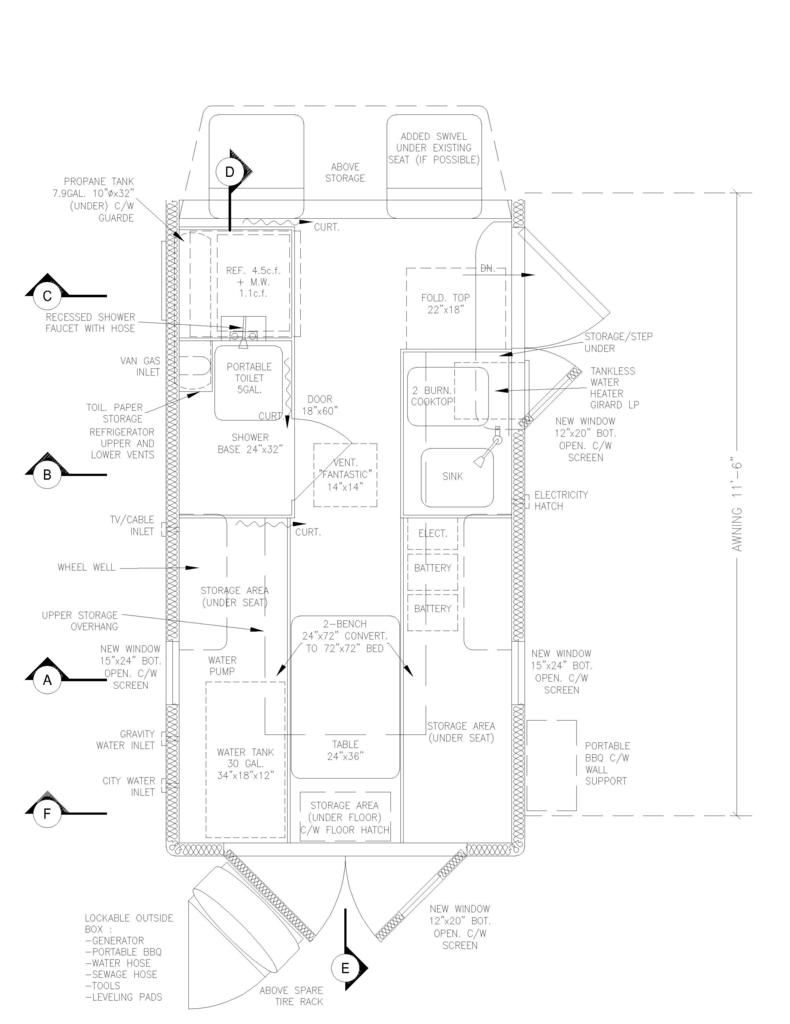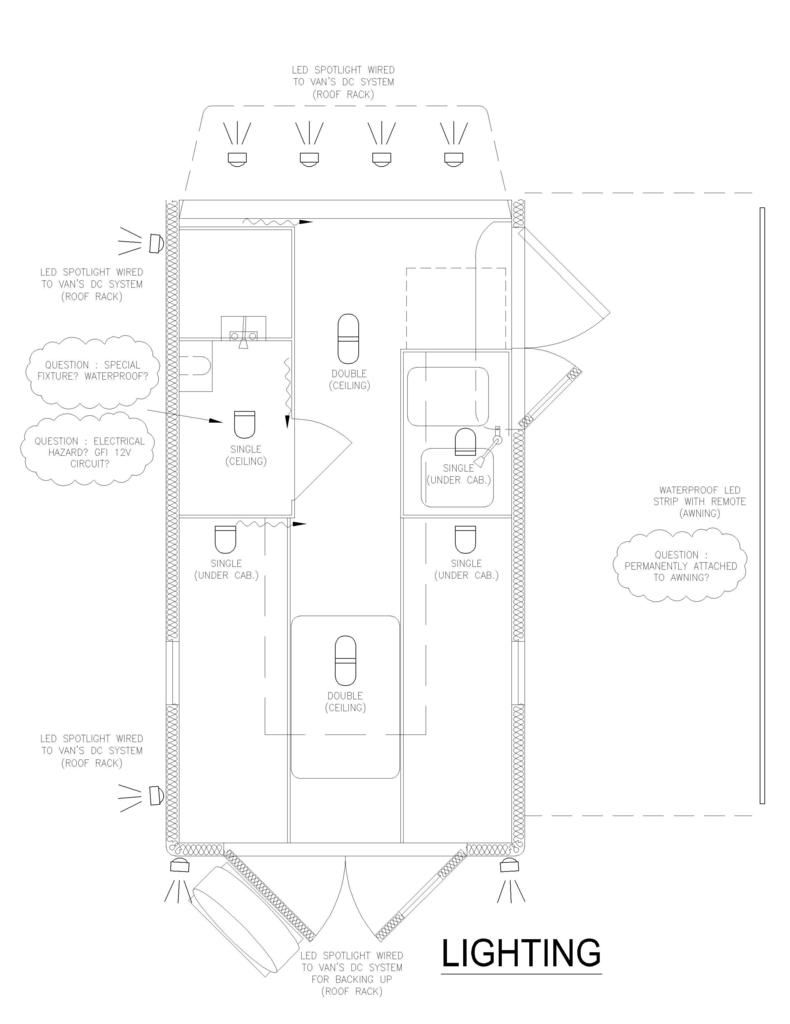evy wrote:
RoyB wrote:
Just keep in mind here in the US we have to follow DOT guidelines for the safety lights around the trailers. This is especially true for the the front and rear lights... They have to be DOT approved lights in order for the trailers to be able to pass the DMV Inspections if used on the public roads.
Adding BRIGHT WHITE lights for backing-up also get included in the DMV Inspections.
It has been my experience you can't just add some spot lights to a toggle switch and get away it...
Just saying...
Roy Ken
When I come down in the U.S. do you think the police can give me trouble? I don't plan on using those lights in the streets more like in trails when I'm boondockin or briefly when I'm parking the van at the campsite.
I doubt it. Does Quebec Province have any sort of vehicle road-worthiness inspections? They'd be the ones to give you trouble.
American cops will only notice your white flood lights if you're using them improperly, that is, on the highway as a nuisance to other drivers.
I have two remote 30w LED floodlights on the back of my trailer and one on the front, and haven't had trouble with the law in 30,000 miles, in US or Canada (since I've put the lights on.) I thought about wiring them into the reverse switch, but two things stopped me. Number one, the reverse switch wire in my trailer's 7-way cable is cut off flush (by manuf no doubt), it would be extensive surgery to restore it to functional status. Number two, more importantly, often times backing up at night, I want to see what's behind me even if I'm driving forward.




